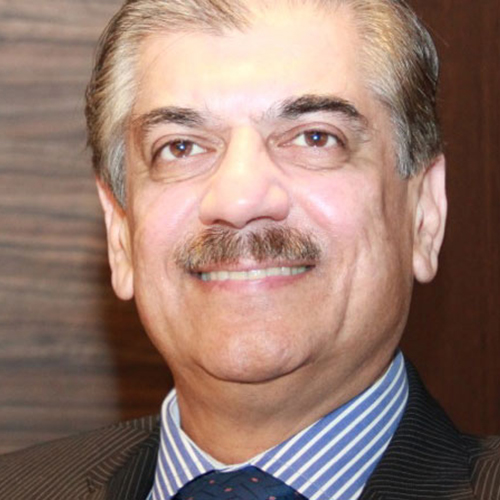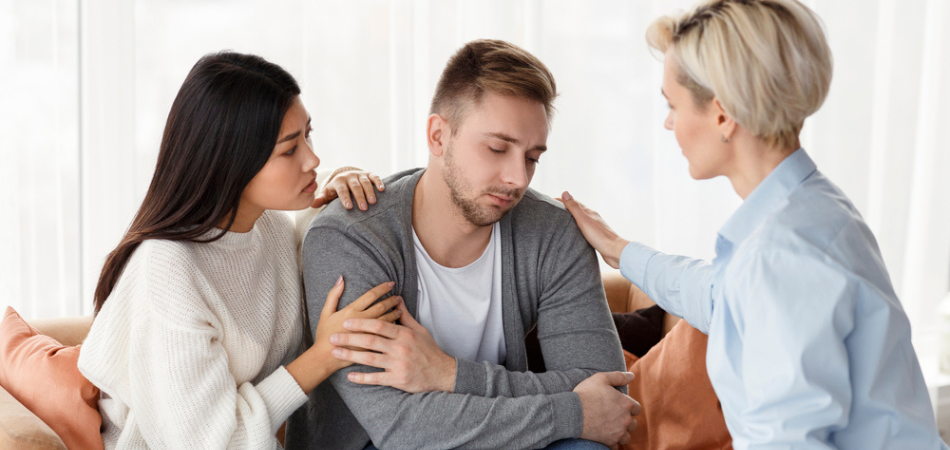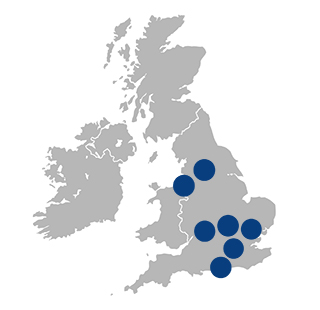
Written by:

Medically Reviewed by:
Last Updated:
February 17th, 2025
Vicodin Rehab
What is Vicodin rehab?
Vicodin rehab provides a specialised and structured programme to support individuals struggling with Vicodin dependence. While Vicodin itself isn’t available in the UK, the addictive potential lies in one of its components, hydrocodone, which is highly habit-forming.
Rehab typically includes medical detox, therapy and aftercare to help you safely transition to a drug-free life. Every stage of the rehab process is designed to offer a comprehensive foundation for long-term recovery, helping you regain control and build healthier coping strategies.
In what setting can Vicodin rehab be taken?
Vicodin rehab is available in both inpatient and outpatient settings, each with its unique benefits. Outpatient rehab provides the flexibility to live at home while attending therapy and counselling sessions.
However, for those with severe Vicodin dependence, outpatient treatment may not be the best choice. The withdrawal stages from opioids like hydrocodone can be challenging and even dangerous without close supervision.
Inpatient rehab offers a safe, structured environment where medical professionals are on hand 24/7 to guide you through detox and recovery with comprehensive support.
Is Vicodin rehab necessary for me?
Addiction can often feel like a silent presence in life, growing gradually and subtly, especially with opiates like Vicodin. Whether you began taking Vicodin legally or recreationally, addiction can settle in before you realise it. To help gauge whether rehab is needed, try reflecting on your experiences with Vicodin. Here are some self-check questions to consider:
- Do you take more Vicodin than intended or struggle to stop once you’ve started?
- Have you tried to cut down or stop using Vicodin but found it difficult?
- Do you spend significant time obtaining, using or recovering from Vicodin?
- Do you feel strong cravings for Vicodin, even when you know it may harm you?
- Has your Vicodin use affected your responsibilities, relationships or personal goals?
- Do you continue using Vicodin even though it’s causing physical or mental health issues?
If you answered “yes” to any of these questions, it might indicate a dependency on Vicodin, and rehab could offer the support you need to break free from addiction.
How is a Vicodin rehab programme structured?
If the thought of rehab seems daunting, you’re not alone. The experience is deeply personal, and many people hesitate to share their journeys openly. Here’s a breakdown of what you can expect during Vicodin rehab, designed to give you a sense of calm as you consider taking this important step.
Initial assessment
Your journey begins with an initial assessment. This relaxed, welcoming session allows healthcare professionals to understand your relationship with Vicodin, as well as your health background and personal needs. This compassionate discussion helps lay a strong foundation for a treatment plan tailored to you.
Detox
Detox is the next step, focusing on safely managing withdrawal as your body adjusts to life without Vicodin. Withdrawal symptoms may include muscle aches, restlessness, sweating and cravings. Under the guidance of medical staff, you’ll receive round-the-clock support, including medications to ease physical discomfort and psychological support to help you through this challenging phase.
Therapy
Therapy is the core of the rehab experience, addressing the root causes of your addiction. You’ll engage in a combination of traditional therapies like Cognitive Behavioural Therapy (CBT) and group counselling, which equip you with tools to handle triggers and stress. Holistic therapies, such as yoga and art therapy, provide an alternative way to process emotions, building resilience for a Vicodin-free life.
Aftercare
Aftercare is the bridge from rehab back to daily life. This ongoing support phase includes therapy sessions, support groups and regular check-ins, helping you maintain the progress you’ve made. Aftercare ensures you’re not alone in your journey, providing a network to lean on as you adjust to new routines.
Why shouldn’t I detox from Vicodin at home?
Detoxing at home might seem appealing, especially with the allure of being in the comfort of your own home. However, this approach has its risks. Vicodin withdrawal can lead to intense physical and psychological symptoms, making professional support crucial to avoid potential health complications and relapse.
Below, we’ll debunk some common myths about at-home detoxing and provide insights into each stage of the process.
Myth: “I can manage Vicodin detox on my own.”
- Reality: Vicodin withdrawal can involve severe symptoms like nausea, insomnia and muscle cramps. Without professional help, it’s easy to feel overwhelmed, increasing the risk of relapse.
- What can go wrong at home: Lacking immediate medical support can make early symptoms hard to manage, leading some to return to Vicodin for relief.
- How Liberty House can help: With round-the-clock medical support, Liberty House offers medications to manage discomfort, ensuring you don’t face these initial symptoms alone.
Myth: “The worst will be over after the first few days.”
- Reality: Withdrawal symptoms often peak around days 4-7, with gastrointestinal distress, anxiety and strong cravings. Without medical assistance, these intense symptoms can lead to dehydration and other health issues.
- What can go wrong at home: Without intervention, dehydration and relapse are common risks during this peak phase.
- How Liberty House can help: Liberty House provides fluids, medications and emotional support to keep you safe and stable, helping you endure this challenging phase with compassion.
Myth: “Once the physical symptoms are gone, I’m in the clear.”
- Reality: While physical symptoms may lessen after the first week, psychological symptoms like depression and anxiety can linger. The temptation to return to Vicodin can persist without proper coping mechanisms.
- What can go wrong at home: Persistent cravings and emotional struggles can make it difficult to stay on track without structured support.
- How Liberty House can help: Liberty House offers continuous counselling and group therapy, addressing mental and emotional challenges and helping you build resilience for long-term sobriety.
Take the next step with Liberty House
Breaking free from Vicodin addiction is a journey but you don’t have to take it alone. At Liberty House, compassionate professionals are ready to guide you every step of the way. If you or someone you care about is struggling with Vicodin addiction, reaching out could be the first step towards a brighter, healthier future.





